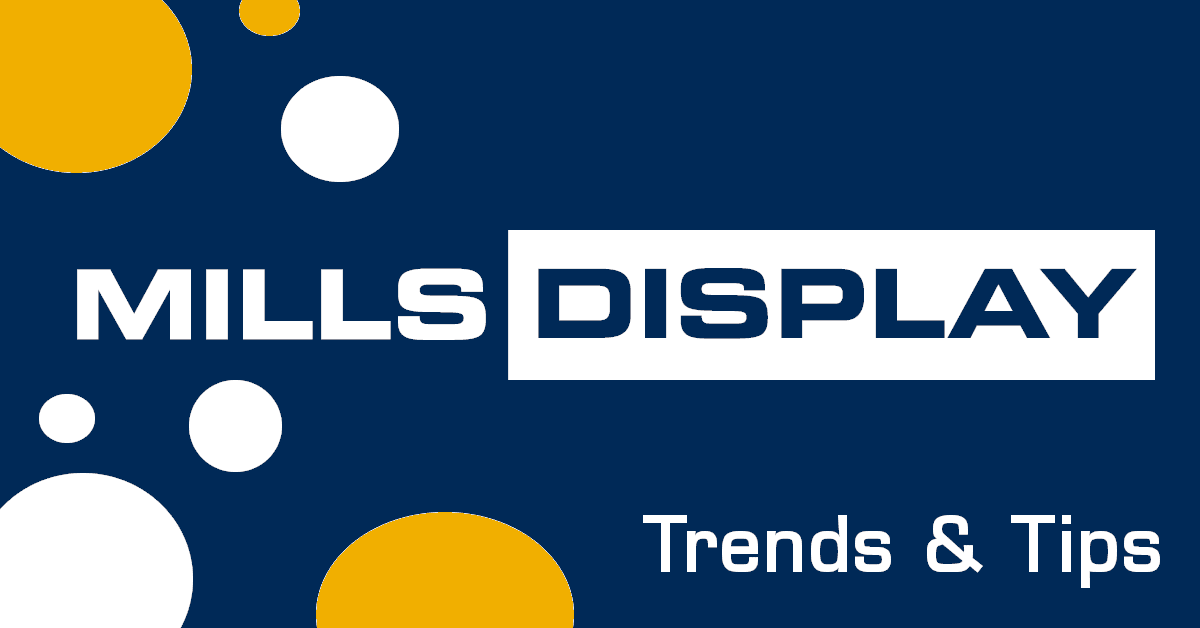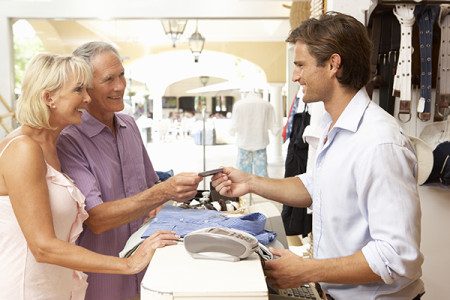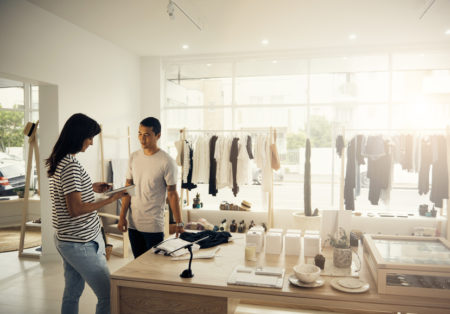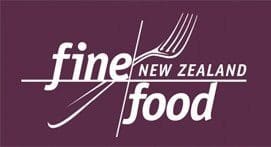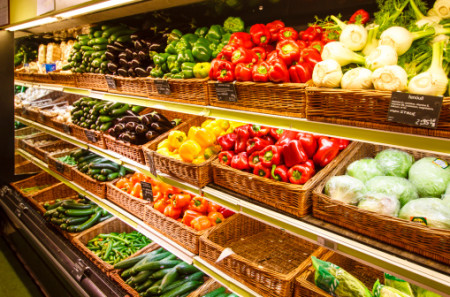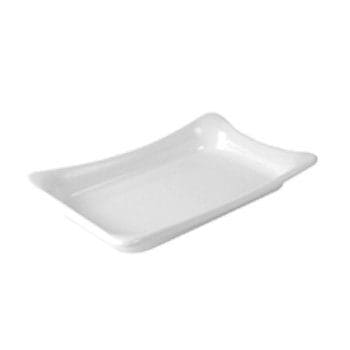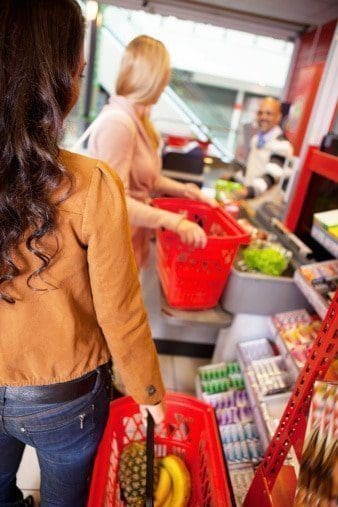There’s Still Space for Displays and Shops
Two new pieces of research have revealed key information both about the future of shops but also the next generation of shoppers. And, despite the increased interest in online stores, the good news for bricks and mortar businesses is that retail display is still very much at the heart of how people like to spend their hard-earned cash. Both studies were carried out by Retail Perceptions which has spent 25 years investigating insights from shoppers on the trends affecting retailers and manufacturers.
The first study looked at “the next generation of retail” by asking more than 2000 teenagers – or Gen Z – how and why they shopped and what they looked for in the retail experience. And, although you might assume that this connected generation would prefer the virtual world in which to shop, they were surprisingly switched on to the in-store experience. “Generation Z is constantly connected to technology, which retailers may find intimidating to overcome when it comes to in-store engagement,” said Interactions President Bharat Rupani. “However, our study found that this group is longing for retailers to provide an engaging in-store experience. In fact, when given the choice, over 64% prefer shopping in-store versus online.”
The main features that these teens looked for in a shop were:
• Cleanliness
• Friendly and clued-up staff
• A “positive checkout experience”
Other key findings from the report include:
• 89% of Gen Z are very price-conscious
• 62% would rather spend money on experiences as opposed to material items
• 81% would change brands if they found better quality elsewhere
• 75% check a store’s app for special offers before making a purchase and 75% prefer retailers that accept mobile payments
The main message to retailers is that the next generation of shopper is not going to dump the high street, mall or edge-of-town shopping centre any time soon – but that doesn’t mean that you’re not going to have to try a little harder to land their custom. The main way you can do this is by having a strong social media presence that pushes promos and offers, and then continuing that interaction in-store with demonstrations, tastings and a strong, informed workforce. Interactions second study looked at the “impact of augmented reality on retail”, and, again, this didn’t so much sound a death knell for bricks-and-mortar stores, rather it offered a strong indication that retailers, retail displays and point of sale will have to adapt the way they work to make the most of new technology.
Augmented reality offers customers a way to experience products before they purchase them – in the case of clothing, they might be able to see how they look wearing it, or the same item in different colour or style; for tech items, they can see demonstrations; and for foodstuffs, they can see how ingredients might work together. It can also help retailers push special promotions and deals.
“It’s not surprising that 61 percent of respondents reported that augmented reality has already changed where they decide to shop,” said Bharat Rupani. “AR is reshaping the way shoppers experience and engage with retailers. We are seeing even the most traditional brands start to include this experiential element in stores, largely driven by customer interest.”
Key findings from the report included:
• 55% said AR made shopping fun
• 45% said it saved them time
• 68% would spend more time at a store if they could shop with AR
• 40% would pay more for an item if they could experience it via AR
• 72% had bought something they hadn’t planned to buy because of AR
Although AR is yet to make a huge splash in New Zealand, it is very much on the horizon and retailers need to work out how their store’s design and display units can be adapted to make the most of such useful technology. What is clear from these pieces of research is that, more than ever, customers are demanding more from their in-store experience, and the way retailers show off and offer information about their products is vital to getting them to make purchases.
Mills Display can help your business find the right custom solution or off-the-shelf display products to be prepared for the next generation of shoppers. For more information, download a catalogue, email us or talk to one of our salespeople on Live Chat.

